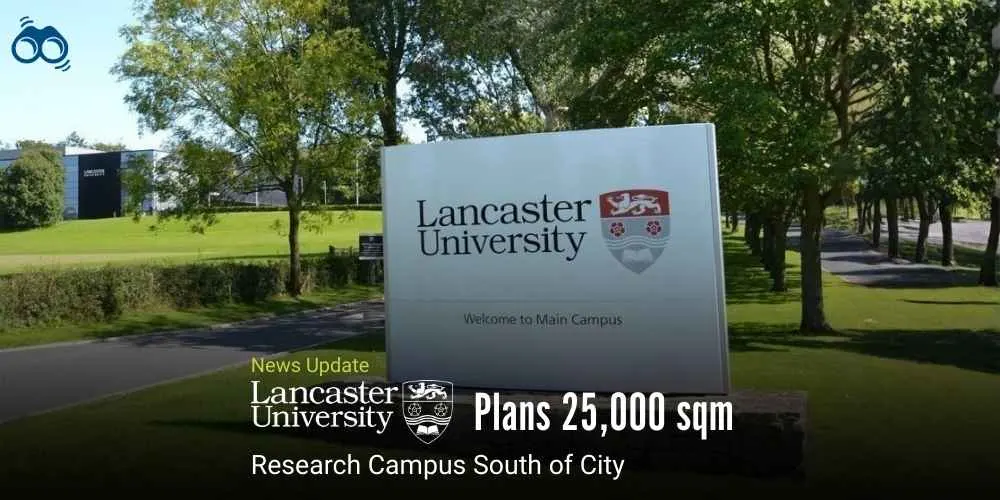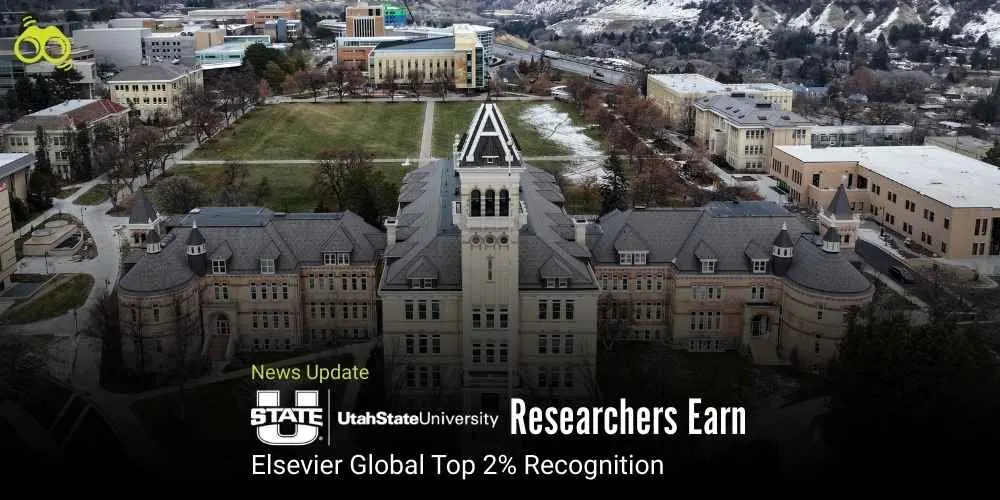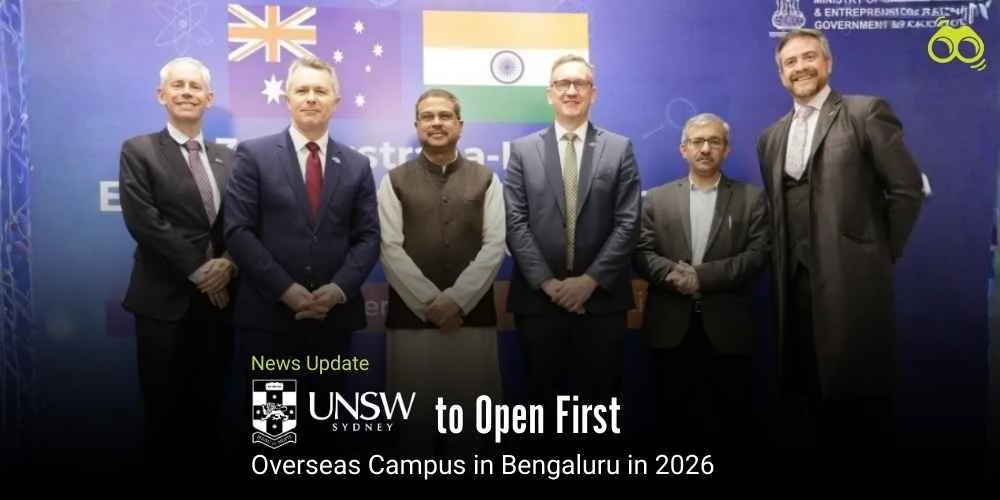Coalition's 25% Cap on International Student Enrolments to Hit Top Universities
Australia's International Student Sector Faces Major Cutbacks Regardless of Election Outcome
In a notable policy shift, Opposition Leader Peter Dutton unveiled on April 6, 2025, a stricter approach to regulating international student numbers in Australia. This announcement followed the Coalition's unexpected decision last year to oppose Labor's proposal to cap new international student enrolments. Dutton's plan incorporates several measures, including tighter enrolment limits, increased visa application fees, and modifications to temporary graduate visa provisions. These changes aim to discourage prospective students from applying or redirect them away from their preferred universities, reflecting a more radical stance on managing international student intake.
Both the Coalition and Labor acknowledge the housing market pressures associated with high international student numbers. However, the Coalition contends that certain courses are overly saturated, with up to 80% international enrolments. To address this, it proposes capping international student intake at public universities to 25% of new enrolments while setting separate caps for private colleges and TAFEs. This policy is projected to reduce international student numbers by 30,000 annually compared to Labor's plan.
Last year, Labor proposed empowering the education minister to impose caps on international student enrolments, reducing new enrolments to 270,000 for 2025 from 323,000 in 2023, with exemptions for postgraduate research students. However, resistance from the Greens and the Coalition led to the withdrawal of this proposal. Subsequently, in December 2024, the government issued a ministerial directive to regulate student visa processing. This directive effectively acted as a cap by prioritising visa applications until institutions reached 80% of previously blocked caps, with remaining applications processed more slowly.
International students are required to obtain a "confirmation of enrolment" from an education provider before applying for a visa. Recent ministerial directives have resulted in a decline in these confirmations, leading to fewer visa applications. Data from January and February 2025 indicates a significant drop in applications compared to the same months in previous years, including 2019, before the COVID-19 pandemic. Although demand in late 2024 was lower than the peaks of 2023 and early 2024, it still surpassed 2019 levels.
Labor’s proposed university caps were based on past international student enrolments, whereas the Coalition’s caps would impose a 25% limit on total new enrolments, subject to consultation and data review. Coalition education spokesperson Sarah Henderson expressed concerns about the high concentration of international students, arguing that it has not benefited Australia or improved educational outcomes for domestic students. In 2023, international students accounted for 35% of new university enrollments, with some universities exceeding 50%. Under the Coalition’s policy, no more than 115,000 new international students would be admitted to public universities annually, a reduction from the 139,000 under Labor’s plan. The Coalition acknowledges that this policy would primarily impact top Group of Eight universities, such as the University of Melbourne and the University of Sydney, which it believes have enrolled excessive numbers of international students.
The Coalition’s plan also includes caps for private education providers, though these differ from university caps. While specific details remain unclear, the Coalition estimates the combined cap for private providers at 125,000, compared to 132,000 under Labor’s policy. Reduced demand for vocational education, influenced by existing migration policies, may result in some vocational providers not fully utilizing their allocated places, potentially allowing for increased caps for other private education providers. Last year, Labor raised the student visa application fee from A$710 to A$1,600, later reversing the increase for Pacific Islander applicants. Under the Coalition’s plan, the fee would more than triple to A$5,000 for applicants to Group of Eight universities and A$2,500 for other providers. Additionally, the Coalition has pledged a "rapid review" of the temporary graduate visa program to prevent its misuse as a pathway to permanent migration and the labor market.
The Australian Labor Party has already implemented several changes to the temporary graduate visa program, including reducing the stay duration, lowering the age limit from 50 to 35, and increasing English language requirements. These adjustments have led to a decline in visa applications. However, this decrease may be temporary, as many international students from 2023 and 2024 will soon complete their courses and become eligible under current policies.
Regardless of the election outcome, the international student sector is expected to decline. The Coalition’s proposed visa fee increases and enrolment caps are anticipated to have a more significant impact on international student numbers. While universities argue that international students are not major contributors to the housing crisis and emphasize the value of international education, neither Labor nor the Coalition has altered its stance. Consequently, the number of international students in Australia is likely to decrease, with a sharper decline under a Coalition government, signaling the end of an era of unlimited international student numbers.
Editor's Note:
This article discusses the ongoing debate in Australia regarding the regulation of international student numbers and the various policy proposals put forward by the Labor and Coalition parties. The changes being proposed, including caps on enrolments, increased visa application fees, and adjustments to the temporary graduate visa program, are expected to significantly impact the international student sector. Both major parties recognize the housing market pressures linked to high numbers of international students, but they have different approaches to addressing this issue. The Coalition's plan introduces stricter caps on enrolments and visa fees, particularly for students at top universities, which could result in a sharper decline in international student numbers compared to Labor's approach. Although universities argue that international students do not contribute significantly to the housing crisis and emphasize their importance to Australia's economy, the policies from both sides suggest a future decline in international student intake.
Skoobuzz highlights that, regardless of the election's outcome, the international student sector in Australia is likely to experience a reduction in enrolments, marking the end of the previous period of unrestricted international student growth.














0 Comments (Please Login To Continue)